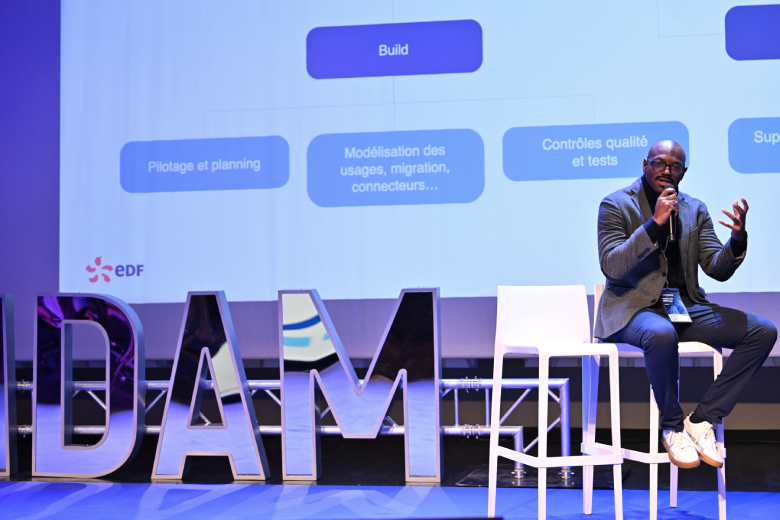
Agence Française de Développement (AFD ) has been fighting poverty and promoting sustainable development for 75 years. Present in Africa, Asia, the Middle East, Latin America, the Caribbean and Overseas France, this public establishment finances and supports projects dedicated to improving living conditions and protecting the planet.
To promote its activities, AFD relies on professionally produced photo reports. Very quickly, it became necessary to organize and facilitate the sharing of this content with the press and partners.
Patricia Nathan, Assistant to the Corporate and Editorial Communications Department, talks us through the challenges of her Digital Asset Management project.
The Communications department is the driving force behind the project. Because of our activity, we need to promote our actions.
Photography is the essential medium for illustrating the projects we finance. Faced with this continuous production of media, it has become essential to store, centralize and, above all, share them. Indeed, we are regularly contacted by the press looking for visuals to illustrate their reports. We needed to be more fluid and responsive in order to respond effectively to their requests. In addition to these press requests, we also receive requests from publishers looking for photos to illustrate their school textbooks.
Manual, artisanal operation had therefore reached its limits.
What's more, our media lacked visibility. Only a small proportion was posted on AFD's corporate website. This was not enough to promote our actions. We therefore needed a dedicated site to meet this objective.
An archiving solution did exist. Only 10 people could access it, as we were on a license basis, hosted by the Agence Française de Développement. The system was completely closed. We couldn't transmit access to the photo database to the 85 AFD agencies. They had to go through the Communication Department to access photo reports. What's more, the tool was complex to use and very rarely updated.
My goal was to make our media accessible to the outside world, especially to our agencies. Then for my professional organization, I need a platform that's accessible anytime, anywhere.
First of all, I identified the most important functionalities for my business before approaching software publishers. Then, we called on a consultant to structure the specifications, audit the software publishers and carry out the analysis of the responses.
In total, we evaluated 5 Digital Asset Management providers.
A kick-off meeting validates the project's main stages and approach. Workshops on specific themes are planned, notably media recovery and key words. We had over 10,000 media to recover. Then, for each type of media, we defined a structure for the fields to be integrated (captions, credits, copyright, etc.). Keepeek's documentation department provided a great deal of support in indexing my media and optimizing my thesaurus. The project was well-paced, as it took us 4 months to deploy Keepeek and open the visitor portal. We launched the visitor portal in April 2017. It's fully charted in the AFD colors.
From now on, our partners and AFD agencies are totally autonomous when it comes to searching for photos and making their selection by creating a basket.

To download the photos, they have to fill in a form that is sent directly to me. After verification, I create an account for them on the portal. They are then free to download what they need. The conditions of use are mentioned with each download.
First of all, it saves me a lot of time. I no longer have to search on behalf of this or that person to provide them with the photos they need. Now I can send people directly to the portal where they can register.
By also switching to the Cloud, I've freed myself from our IT environment. I can now manage the Keepeek platform from home, as I work from home part of the week. This was not possible with the old solution. I've also gained the flexibility to change things as I go along. The Keepeek team's support is also fundamental. I was able to call on a number of experts to effectively manage every phase of the project.
We are currently studying the possibility of opening up the Keepeek platform to other entities belonging to the Agence Française de Développement. These include the Proparco structure. We will therefore be organizing the platform to enable the various AFD subsidiaries to efficiently manage their content on the same Keepeek platform.
Credit/Copyright : Erwan Rogard

EDF presents the redesign of its Media Center and explains how Keepeek helps it to better centralize, organize, and share its brand content. An approach focused on usage to improve media management and collaboration on a large scale.


The collaboration between Keepeek and Club Med has enabled the centralization of visual content management, thereby improving team efficiency, brand consistency, and global compliance. This model has become a strategic asset for the company.
